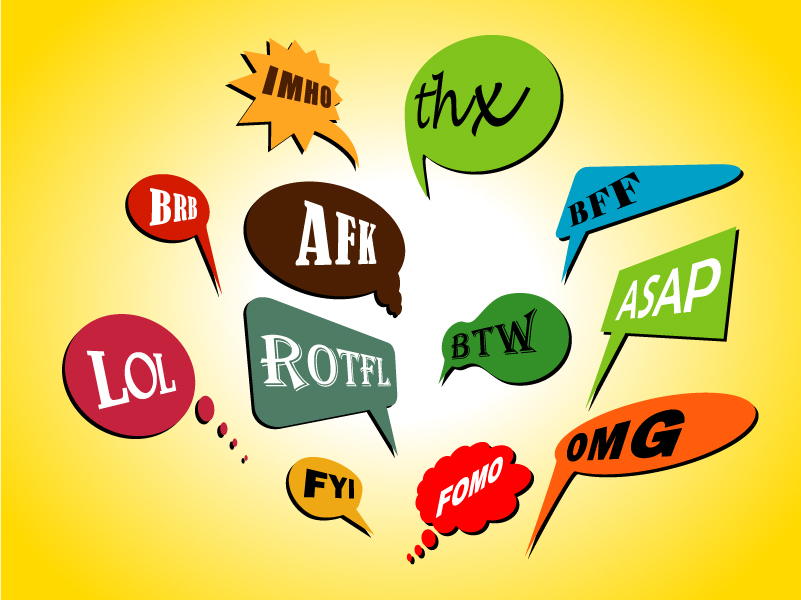One of the interesting challenges I’ve come across in my life as a translator is translating acronyms and abbreviations. What do I mean by these? Well, an abbreviation literally means short as it comes from the Latin word brevis meaning short. Abbreviations could include shortened versions of words such as Bob for Robert, or approx. for approximately. Abbreviations also include those phrases where initials have been used in place of the words themselves such as FYI for your information (PTI in Spanish) or, in the medical world, CXR for chest x-ray. (NB the abbreviation www is a rare abbreviation in the English language which, has more syllables than its full form world wide web!). An acronym is, by definition, an abbreviation whose initials form to make a new word such as NATO (OTAN in Spanish), or AIDS (SIDA).
In my experience less experienced translators sometimes avoid translating these possibly for a variety of reasons e.g., lack of awareness of how to do it? Lack of knowledge of the need to translate acronyms and abbreviations? Fear of getting it wrong? After all ETA in Spanish (Euskadi Ta Askatasuna, the Basque separatist group) is not the same as ETA in English (estimated time of arrival).
It can take time to ensure you have the correct translation for an abbreviation, but I like to view these as a challenge, an opportunity to acquire knowledge, to learn about something culturally of which I previously knew little or nothing. If the author of the original text has taken the time to include an abbreviation in their original document, then as the translator I believe it is important to take the time to try and find the abbreviation in the target language. The growth of the internet is a great source for finding this information, and I have never yet been beaten in my quest for finding an equivalent abbreviation, (where one exists in the target language, they don’t always exist that’s the beauty of different languages and cultures, they develop differently).
Another way of finding an abbreviation, depending on the situation, and whether you have contact with them, is to ask the client themselves. This subject, is after all, their area of expertise, it is their work you are translating, they may be aware of some of the key terms in the translated language, key abbreviations and key acronyms. This may not always be an appropriate or possible option but sometimes it is worth bearing in mind. It could save time and searching.
Abbreviations and acronyms may not be easy to translate, especially when faced with one we have not seen before. As we have seen above, they rarely translate directly from one language to another. They can pose an interesting challenge, an opportunity to delve further into the heart of a language and its culture. This opportunity to immerse myself deeper into the heart of a language and its people is one of the reasons I love translation so much.
